
notstraight gardens How to Grow Pumpkins with Companion Planting
Leaves Fruit Seeds Seedlings Flowers Stems Roots. Commonly found in: Soil Greenhouses/Tunnels. Pumpkin Diseases Identification. Mildews, viruses and other diseases can reduce yields or even kill pumpkin plants. Consult our disease guides below to help diagnose common diseases that could affect your pumpkin plants.
Down on the Allotment Eating Pumpkin Leaves
There are four main types of pumpkins: Pepo, Moschata, Maxima and Mixta. These large groups are further divided in dozens of species. In general, pumpkins belong to the plant family called Cucurbitaceae, or cucurbits for short.

Plant Identification Is this a pumpkin ?, 3 by blackeyedsusan1
Pumpkin leaves come in various shapes and sizes, with distinct characteristics that make them easily recognizable. When it comes to the shape and size of pumpkin leaves, they are generally heart-shaped, with deep lobes and serrated edges. The lobes give pumpkin leaves their iconic appearance and help the plant capture the maximum amount of.
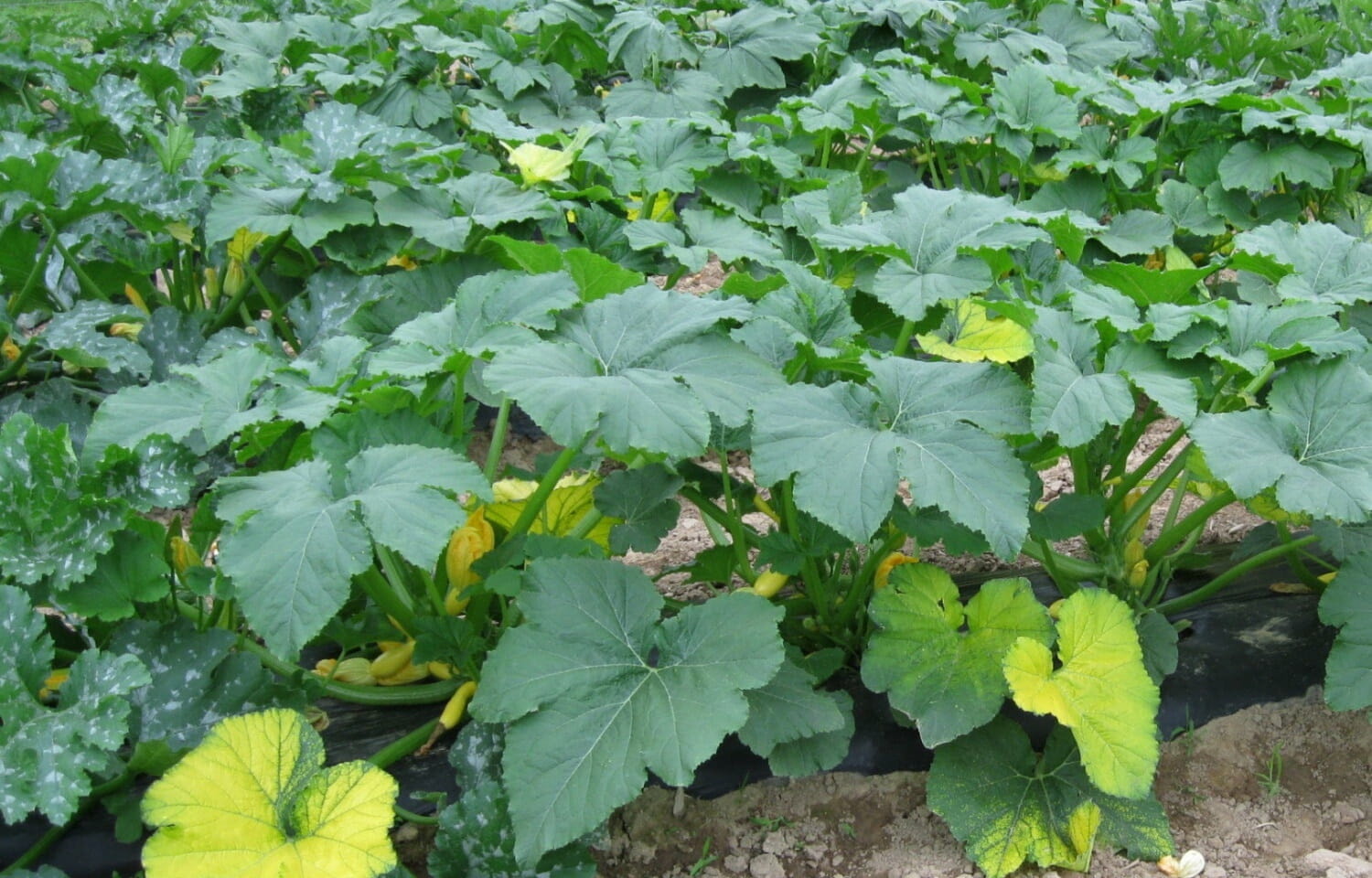
Pumpkin leaf The many health benefits of this plant Kemi Filani
Pumpkin leaves are a source of calcium, iron, folate, magnesium, phosphorus, potassium and maganese. They are rich in vitamin A, vitamin B and vitamin C. Applications Pumpkin leaves are good raw or cooked. Young leaves were used in salads by American colonists. In Africa, pumpkin leaves are called 'Ugu', and are used in soups and main dishes.

PUMPKIN LEAF Fresh Produce Shoppe Buy Fruits in Gurgaon
Kate Mathis Welcome to Cucurbita, the genus that includes pumpkins, squashes, and some gourds —the edible and ornamental fruits of fall. Once you explore the variety of shapes and sizes, all kinds of decorative possibilities open up. With so many types of pumpkins—why stick to the standard orange icon of fall?
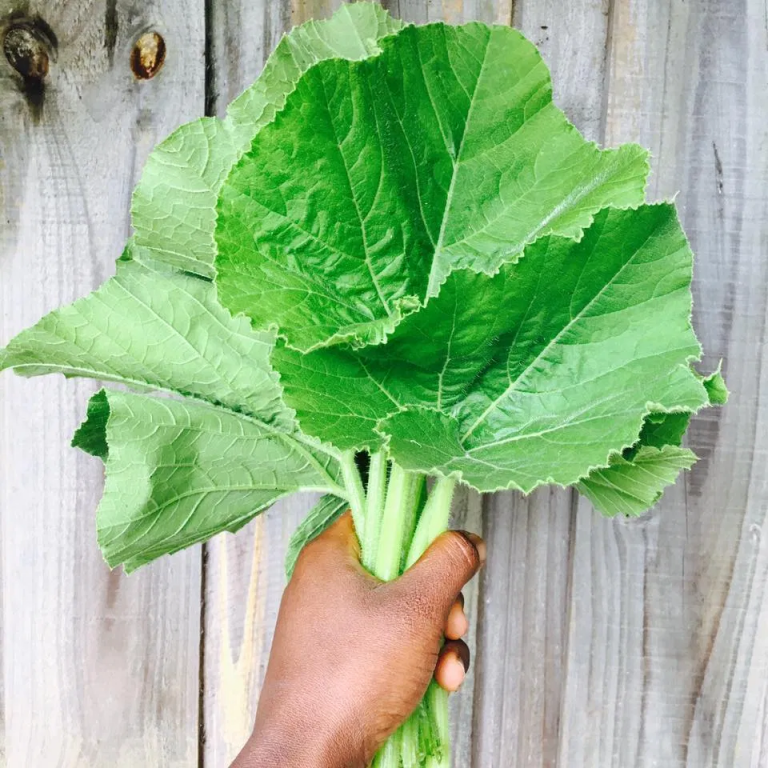
PUMPKIN LEAVES Sync with Nature
Although these are not considered "true" pumpkin leaves, they are the first indication that your pumpkin plant is viable. The first actual pumpkin leaves emerge at the tip of the pumpkin sprout stem, in between the two small leaves. You can immediately see the difference in the two sets of leaves; the second set is dark green with jagged edges.

Plant Identification CLOSED Is this a watermelon, pumpkin or other, 1
Similar to spinach, collards, kale and other green leafy vegetables, pumpkin leaves contain an abundance of antioxidants, vitamins and minerals including folate, iron, calcium and vitamins A, K and E. What do pumpkin leaves taste like?
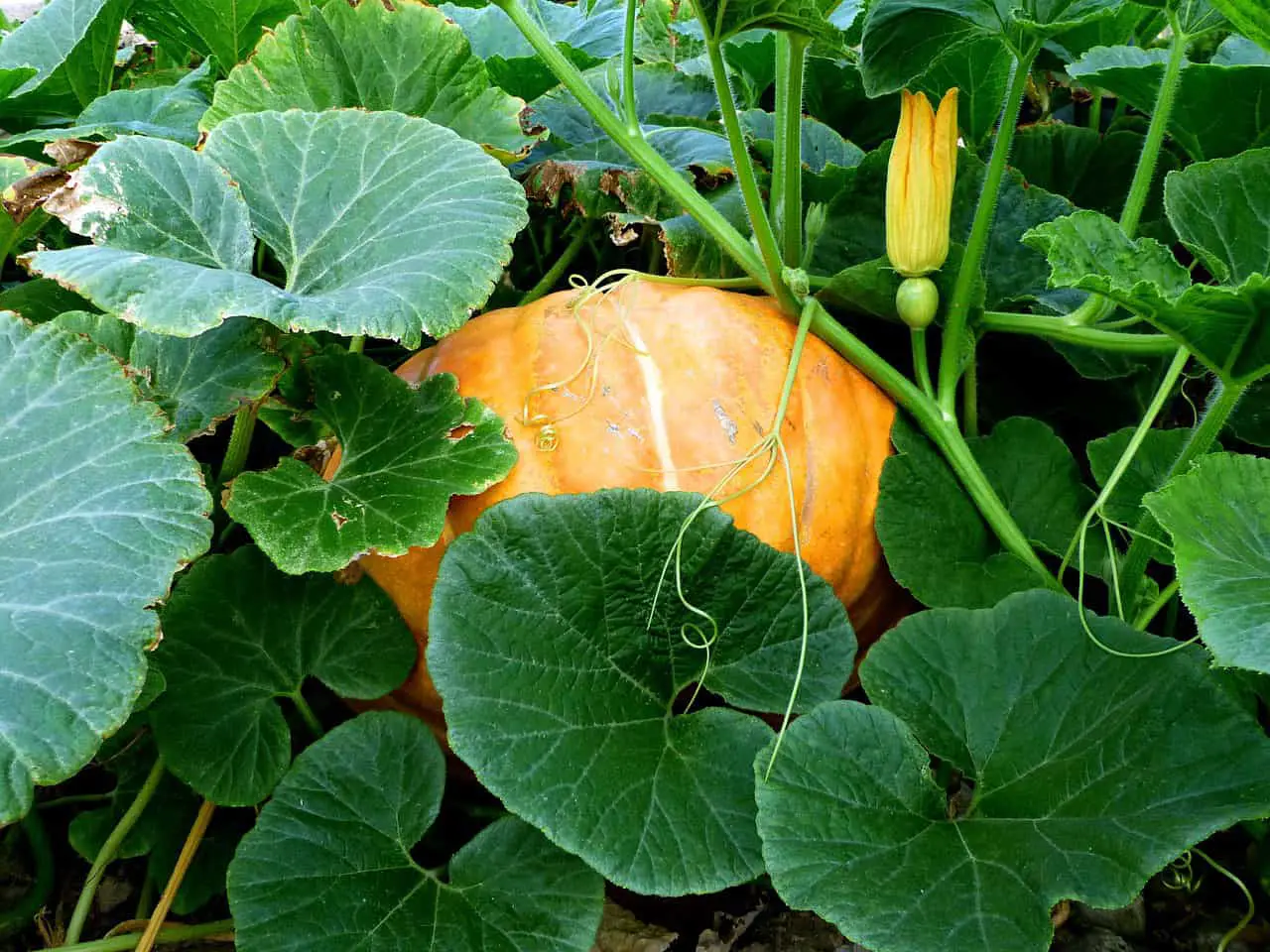
Is A Pumpkin A Fruit Or Vegetable? Exposed! Stethostalk
Pumpkin, squash, watermelon, and cucumber seedlings may be hard to tell apart because they belong to the same family, the cucurbits. A pumpkin's seed leaves will be large, flat, and rounded, looking a little like small elephant ears. As it grows, a pumpkin will form huge leaves and its vines may eventually cover a lot of territory.
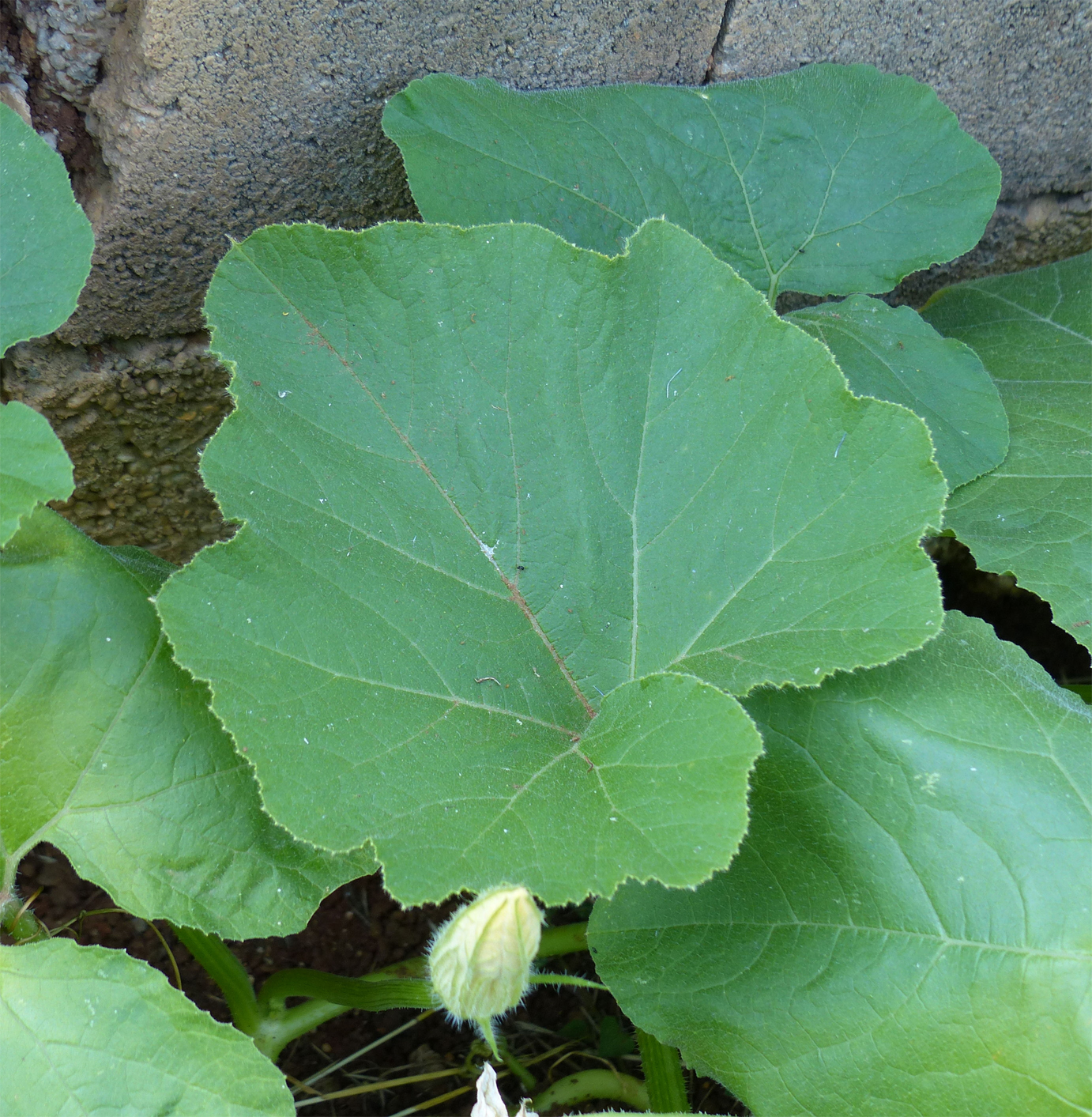
Pumpkin Facts, Health Benefits and Nutritional Value
An engaging introduction to what does a pumpkin plant look like leaves identification - Describe the topic and its relevance. Use a hook to grab readers. Pumpkins are iconic symbols of autumn and Halloween, with their vibrant orange color and distinctive shape. But have you ever wondered what a pumpkin plant looks like? Identifying pumpkin
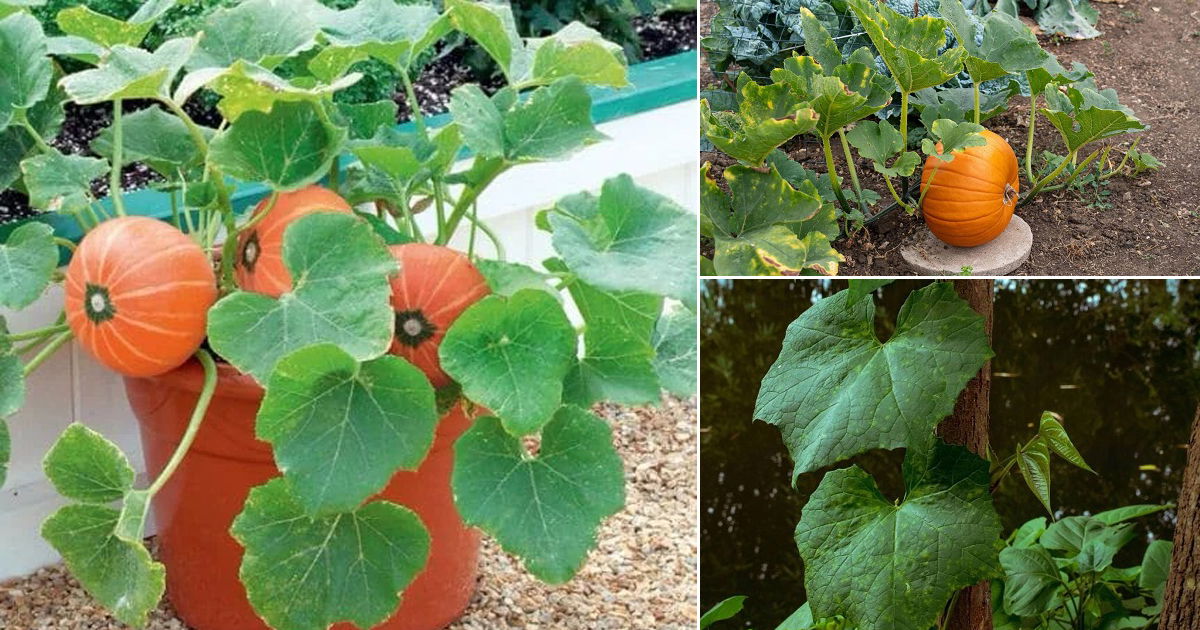
What Does a Pumpkin Plant Look Like Pumpkin Leaves Identification
Pumpkin leaves are easily identifiable by their unique shape, size, and color. They are typically deep green with a slightly jagged edge, reaching up to 8 inches in length and 4 inches in width. The leaves have a distinct lobed shape, with rounded lobes and a slightly wavy edge, and the veins are very prominent.

Pumpkin Plant Leaves SAM Vegetable
Food & Cooking Yes, You Can Eat Pumpkin Leaves—Learn About Their Health Benefits and How to Use Them in Your Cooking If you grow pumpkins at home, don't overlook these nutritious greens. By Kirsten Nunez Published on September 23, 2022 In This Article Health Benefits How to Harvest How to Prep How to Cook Photo: GETTY IMAGES
Down on the Allotment Eating Pumpkin Leaves
Preparation. Bring salted water to a boil and add the leaves. Add the baking soda and cook for 5 minutes or until the leaves are tender. Remove the pot from the stovetop and drain the water. Separately, sauté the onion and tomato in the oil, season with salt and pepper, and stir in the cooked pumpkin leaves.

How are my pumpkin leaves looking?
538 Something that always surprises me about gardening is how many parts of plants are actually edible, but we never really think about eating them. Today, I'm going to share my experience eating pumpkin leaves and show you how to prepare pumpkin leaves for soup, salad, and sauteed recipes. Are squash and pumpkin leaves edible?
Can anyone identify what my pumpkin leaves are doing? botany
When identifying a pumpkin plant, look for these key features: large green leaves, large yellow or orange flowers, and large, round, or oblong fruit. Growing Pumpkins In Containers Growing Pumpkins in Containers is rewarding and makes you enjoy a fresh harvest year-round. Learn how to grow it easily in this article here.

Did you know that pumpkin leaves are not just a byproduct of planting
1. Powdery Mildew 2. Fusarium Wilt 3. Bacterial Wilt 4. Anthracnose 5. Verticillium Wilt 6. Root Rot 7. Mosaic Viruses 8. Alternaria Leaf Spots 9. Early And Late Blight Conclusion Pumpkin plants are popular both in home gardens and on farms because their fruits are tasty and good for you.

Pumpkin Diseases and Pests, Description, Uses, Propagation
Potassium. Phosphorus. Iron. Manganese. Vitamin A. Vitamin C. Vitamin B6. Adding pumpkin leaves to your diet can help support various body functions and systems, including heart health, skin and organ health, immune function and gastrointestinal health. The flavor of pumpkin leaves has a very distinct vegetable taste.